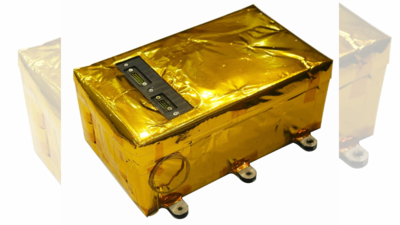- News
- Science News
- Bengaluru space firm achieves satellite tech milestone through POEM
Bengaluru space firm achieves satellite tech milestone through POEM
BENGALURU: Space startup GalaxEye, which has completed analysis of the data from the payload it had deployed and tested aboard Isro’s PSLV Orbital Experiment Module (POEM) platform — on the rocket that launched India’s Space Docking Experiment (SpaDeX) mission on December 30, 2024 — on Friday said announced the success of its novel technology.
It claimed that its ‘GLX-SQ payload’ was the world’s first fusion of Synthetic Aperture Radar (SAR) and optical imagery in orbit.
Budget 2025 Updates
“Our payload demonstrates an unprecedented capability to merge SAR and optical imaging technologies, enabling unprecedented insights for defence, agriculture, and disaster management applications. The system’s most remarkable feature is its ability to process and compress massive data volumes in less than 10 minutes, delivering real-time, actionable solutions,” the firm said.
GalaxEye CEO and co-founder Suyash Singh, CEO said this was not just a technological milestone, but the beginning of a journey to redefine the possibilities of remote sensing and space-based solutions.
Founded in 2021, GalaxEye’s goal is to build the world’s first multi-sensor satellite capable of delivering comprehensive, high-resolution data across various industries.
“The GLX-SQ payload’s fusion of SAR and optical imagery represents a significant advancement, offering enhanced capabilities that traditional remote sensing methods cannot match. By providing fast, precise, and versatile data collection, GalaxEye is poised to make contributions to sectors ranging from national security to environmental monitoring,” the firm added.
End of Article
FOLLOW US ON SOCIAL MEDIA











